In the studio with Tangerine Dream: “When digital synths came out, Edgar got rid of all the analogue equipment. Now they sound more dated than the '70s synths"
After 50 years, over 100 albums and the death of their founder member, the electronic legends are back with a new album and tour
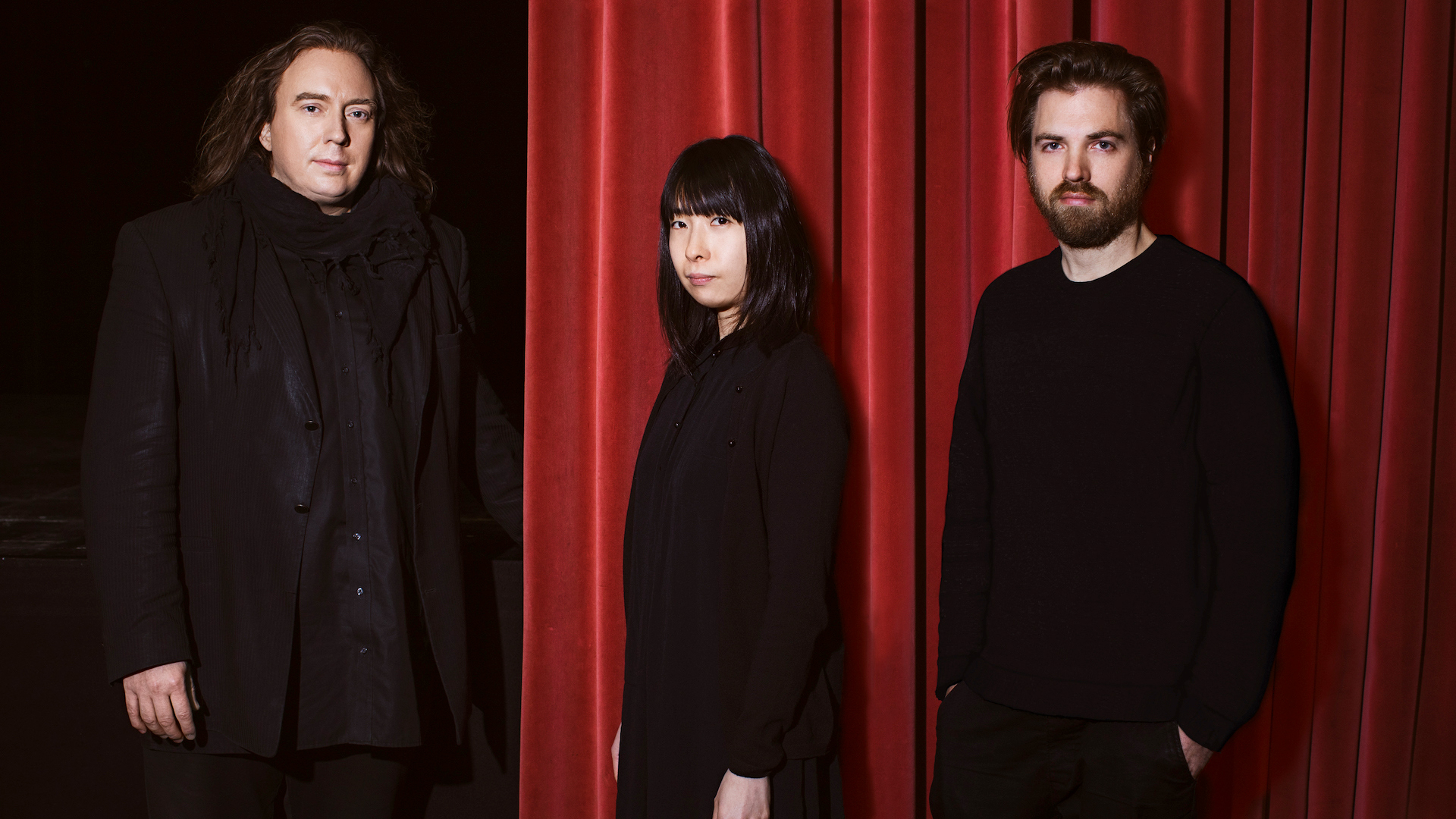
Tangerine Dream are one of the most iconic names in electronic music. The German band defined the Berlin sound in the seventies, and alongside Kraftwerk laid the groundwork for electronic music production across the world.
But where Kraftwerk went onto define genre after genre, Tangerine Dream became synonymous for moody, sequencer driven atmospheric synth music. And they are also somewhat more prolific, having notched up more than 100 albums in their 50+ year history.
In terms of personnel, it's been what you might call 'busy' too. The band was started in 1967 by Edgar Froese and for its most famous line up, he was joined by Christopher Franke, and Peter Baumann throughout the seventies. However, since then the band has seen more than 25 other members come and go with Froese remaining the only core player until his death in 2015.
Under his instruction the band have continued, with long-time members musical director Thorsten Quaeschning (who joined in 2003) and Hoshiko Yamane (violinist since 2011) more recently joined by keyboard player and composer Paul Frick.
The trio's latest album as Tangerine Dream, Raum, is out now and is a great blend of early Tangerine Dream electronic sequencing with modern production flourishes, found sound, orchestral sensibilities and vast atmospheric soundscapes.
And as we find out as we chat with this latest incarnation of Tangerine Dream, this latest TD album even contains melodies and ideas from Edgar Froese's somewhat vast archive, not to mention many of the founder member's synths.
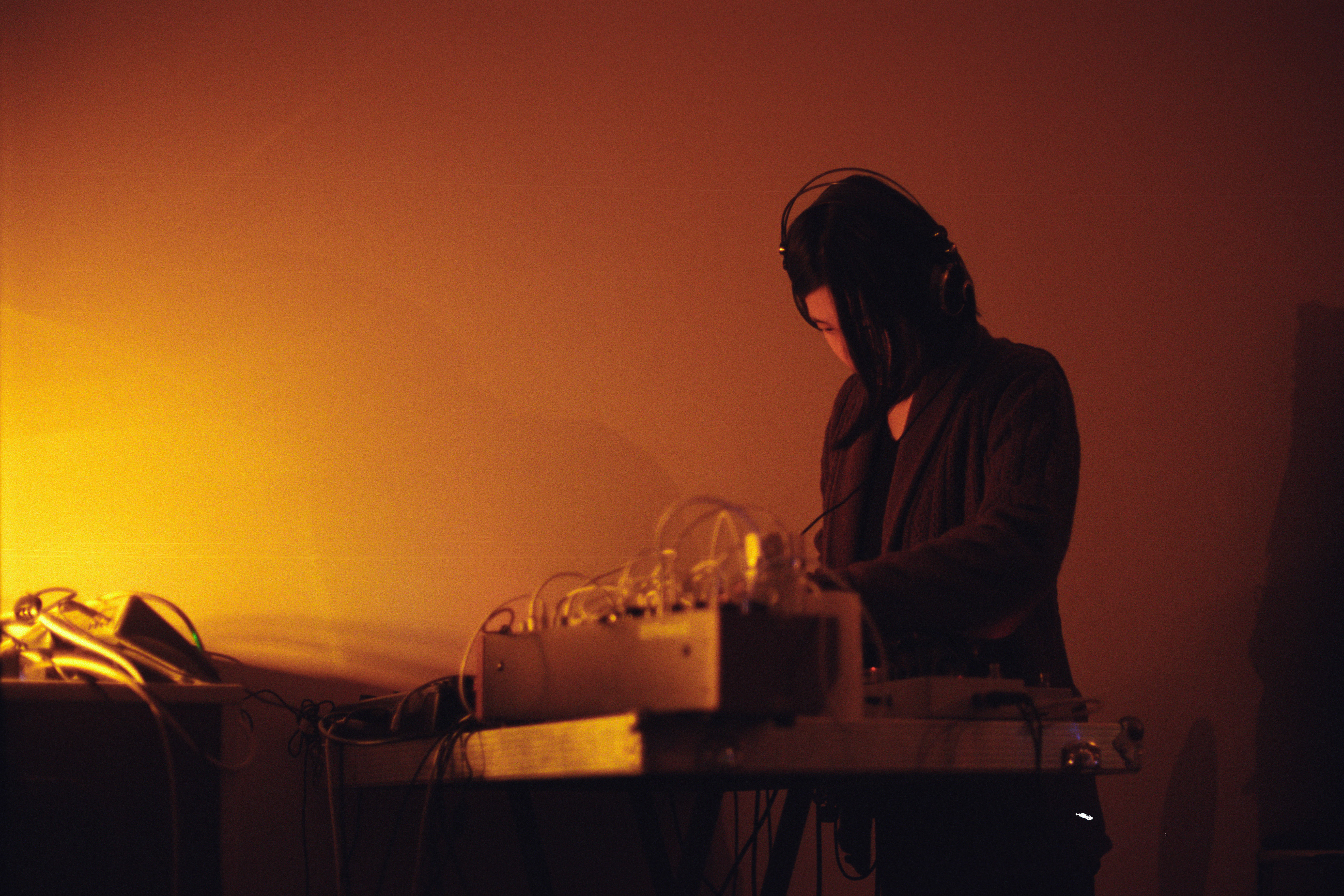
What is your mission with Tangerine Dream now that Edgar is no longer with us?
Want all the hottest music and gear news, reviews, deals, features and more, direct to your inbox? Sign up here.
Thorsten: “So the good thing about it is that it was never our decision to carry on with Tangerine Dream. Edgar made plans, visions and scenarios for every situation that could happen before he sadly passed away in 2015. So it was not even my role to say I would continue as Tangerine Dream without it being like an order or request from Edgar.
Edgar had a phase in the 80s where he tried to get rid of the analogue equipment when the new digital synths came out, which now sound more dated than the 70s synths
“Probably the bad thing about being German is that I take advice from others and Edgar said I had to carry on and continue the plan and the concept of Tangerine Dream. Even Peter Baumann [core member alongside Froese and Chris Franke] once said that the idea and the concept and the idea behind Tangerine Dream is much stronger than the members involved and that the idea could last longer than a member.”
That is a fascinating concept, so what would you say the idea behind Tangerine Dream is that you are carrying on?
T: “It evolved from year to year. So if you listen to an album from 1970 like [debut album] Electronic Meditation and then exploring the possibilities of sequencers with Phaedra, Rubycon, Stratosfear and Force Majeure through the 70s, there is a red line between one and the next album which you can hear through every album.
“If you listen to them all [in order] you can hear it, although I guess that is a lot. I think there are 160 [albums in total, laughs]! But there is a strong concept including scales and ideas and concepts about programming sequencers, for example, and there are probably more rules than people expect.”
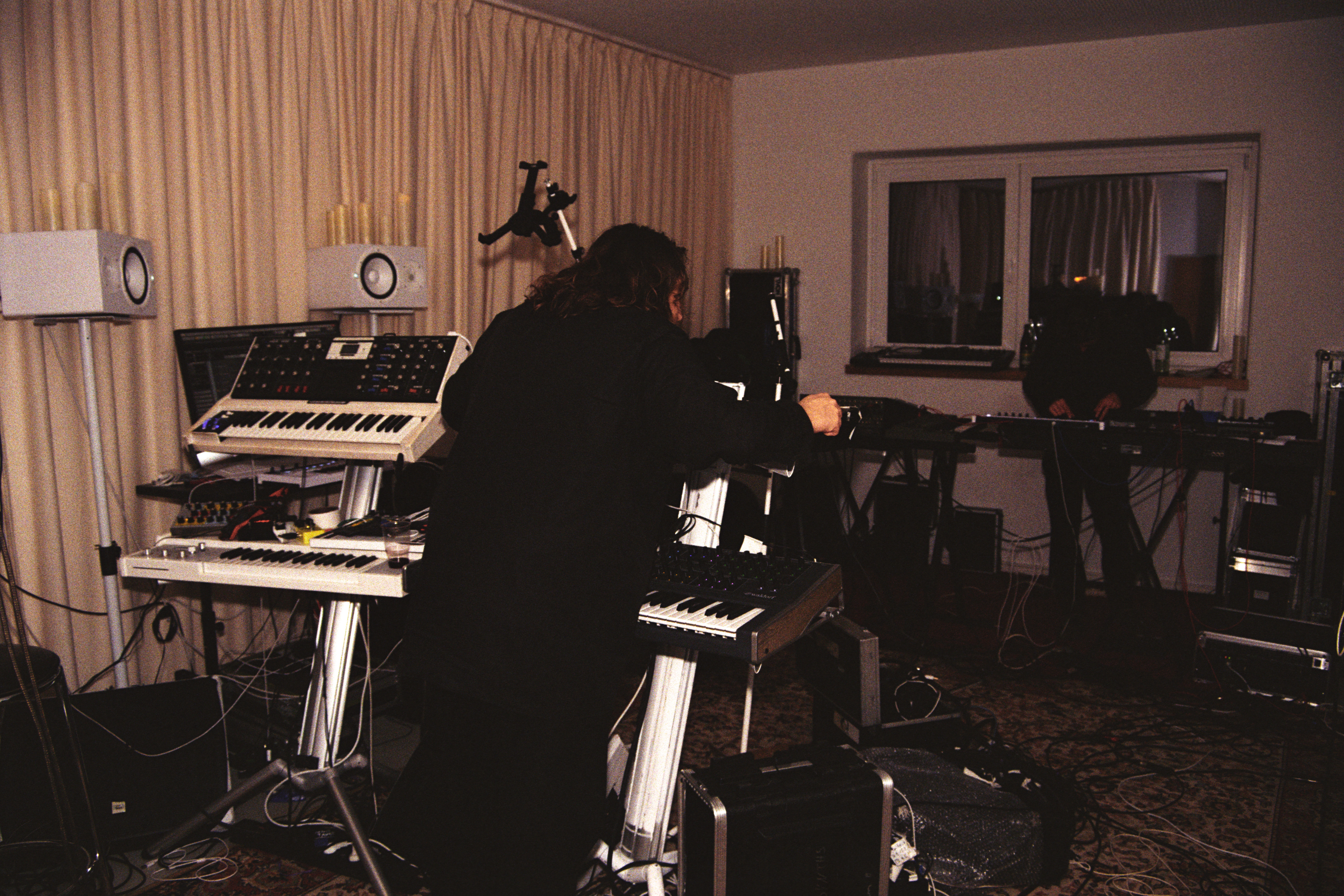
Your new music uses some of Edgar's ideas as a starting point. Give us some idea of where these ideas are stored and what you had to work with?
T: “Three out of the seven tracks [on new album Raum] are partly from Edgar or Edgar’s melodies on top of our arrangement. [From his archive] we would have maybe a Cubase arrangement with sketches in MIDI and sometimes audio. With the MIDI you would just have the note pitch, length and volume but not the sound itself and often not even the tempo.
“So we had some of those kinds of sketches, and some on old Otari 24-track tape. With software we can now analyse that, even the polyphonic material, and make it fit with different tempi, scales and root keys. So we used some very ‘Edgar-esque’ melodies on top of our arrangements and chord structures.”
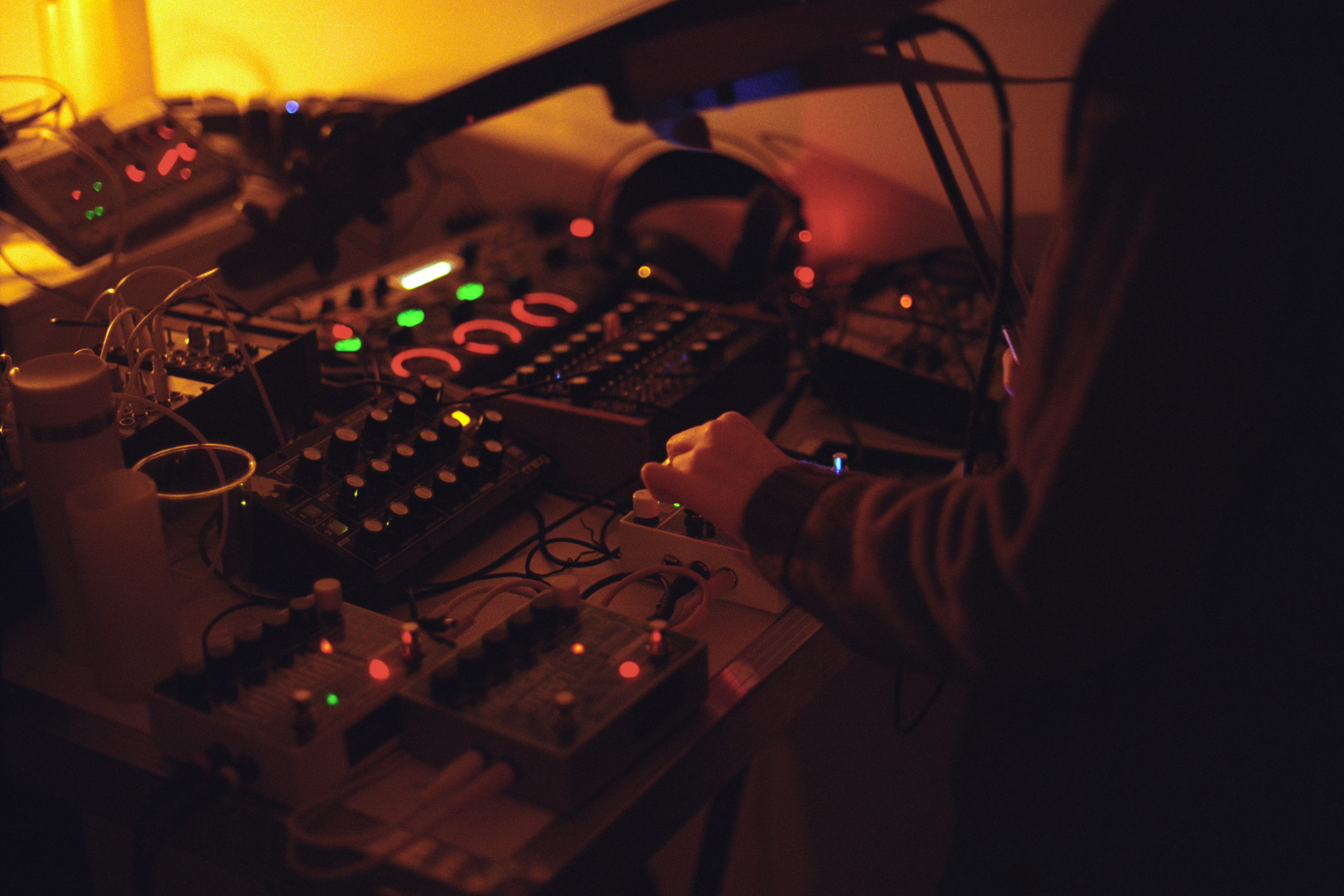
How much material is there in Edgar's archive? Is it vast?
T: “There are 10-12 hard discs full and we have material from 1978 to 2013. He was probably the most hard working person I ever met. You wouldn’t even be surprised to get a Dropbox link from him with material on Christmas Eve when he would say, ‘here’s a new idea, maybe we could work on it’. And I would say, ‘ok, maybe in two days’! But he would be sitting in the studio every day.”
It doesn’t feel right to use an emulation if you are standing next to the real thing! It feels lazy
How did you choose the material from the archive?
T: “Sometimes it was trial and error as there is so much material. I worked with Edgar and he was very clear and disciplined in real life but not sadly on his hard disc! So we would often just click in a folder here and there and the best case scenario would be finding a nice melody that we could fit in an arrangement.”
Do you have access to Edgar’s original gear?
Paul: “Some of it is actually here! [Points to vast collection of synths in the TD studio]”
T: “Partly yes, so we have an old Jupiter-8 which is unbelievable and a Voyager, plus many of the synths from the last decade.”

Did he still have any of the old modular synths from back in the 70s?
T: “Sadly not. Some modules yes, but he had a phase in the 80s where he tried to get rid of everything when the new digital synths came out, which now sound more dated than the synths from the 70s.
“But at the time the Yamaha DX7, Korg M1 and Roland D-50 sounded like a kind of revolution so he’d get rid of all the analogue equipment. So we’re not sure where the old modular systems are and the Mellotron ended up in a museum I think, but the rest we’re not sure.”
What do you think – and what perhaps did Edgar think – of the revival of analogue synths and modular synthesis in recent years?
T: “He wasn’t sure because the old analogue gear was tricky, messy and buggy to use, so he wasn’t so keen as he though the new gear might be a copy of the old. But then he became a big fan and we bought two Moog Voyagers, for example.”

Did you use just analogue synths for the new album Raum?
P: “There was no specific rule. There was one thing that Edgar said about Tangerine Dream’s music was that it is 'orchestral music produced by electronic instruments and rich in colours'. So we didn’t restrict ourselves in any way and there are all types of things including instruments from many early decades up to now.”
Were you ever tempted to use any of the many software synthesisers out there?
T: “Not so much to be honest. Plugin effects yes: some very good reverbs, compressors and delays. But [for synths] while I think the Arturia emulations sound great, it doesn’t feel right to use an emulation if you are standing next to the real thing! It feels lazy.”
P: “There was one exception where I think Thorsten recorded the same thing using both [hardware and software] and we ended up choosing the plugin because in this particular case and musical context it somehow sounded better. It was an exception because while none of us is against anything [software] we do like the irregularities of analogue.”
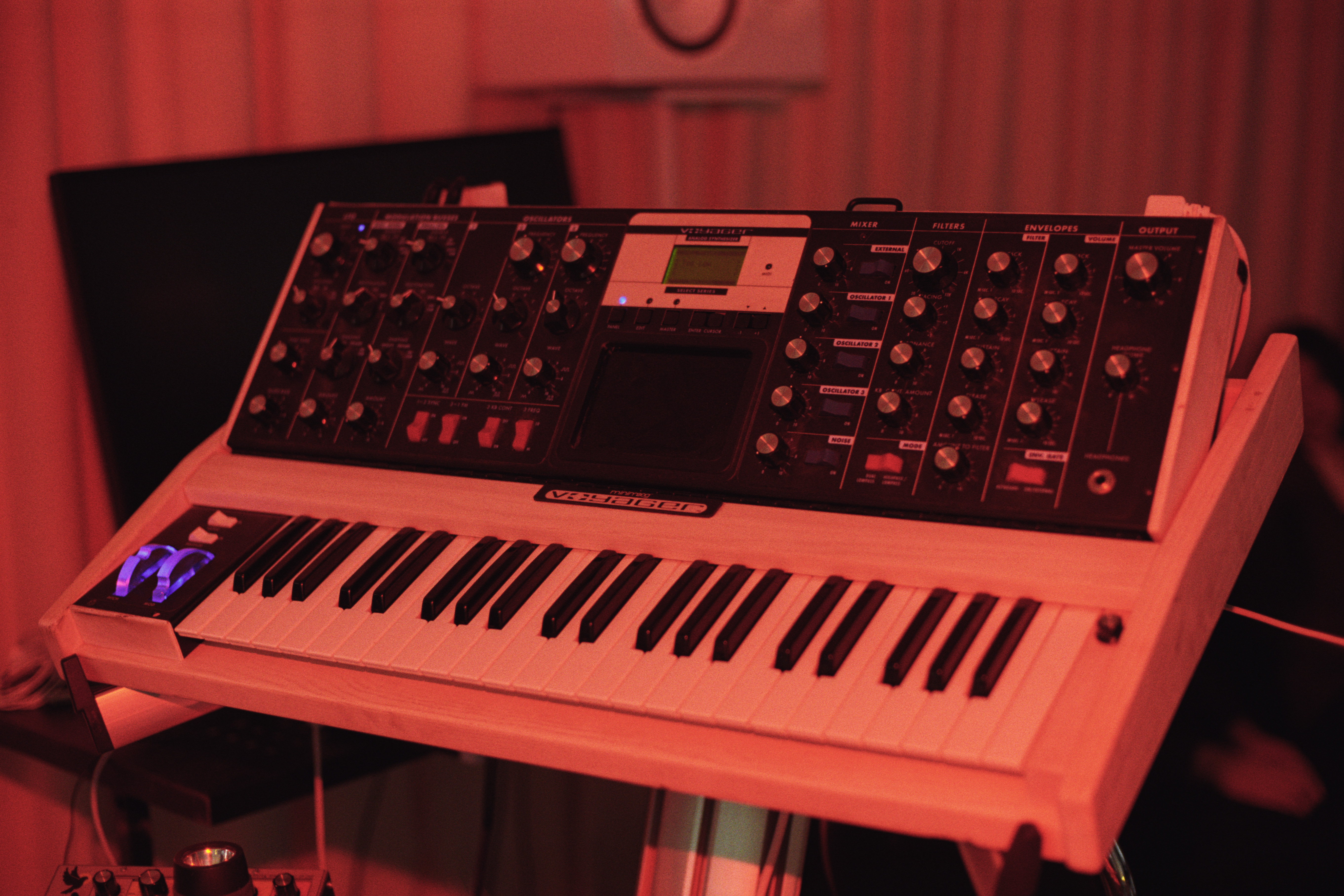
The new album is very sequencer driven like those early TD albums you mentioned earlier. Was that deliberate?
T: “Yes the idea was to come back to sequencer-driven music but with a kind or orchestral approach. Everyone involved has a fixed role inside every single track. We had to have the core Tangerine Dream sound and concept, with rolling sequencers, and a structure going back to long-form music, so no three-and-a-half-minute tracks. This gave the opportunity to have evolving landscapes with sequencers, ambient parts, chord parts and melodies.”
P: “We were very aware that if we tried to make an album that was too nostalgic that we might sound too close to a previous TD album, so we wanted it to be very fresh and '2022' and not to get too lost in nostalgia; to get a good balance and also maybe to amplify certain aspects of older Tangerine Dream music that couldn’t be done at the time because the technology wasn’t there.”

What did you use as the main driving sequencers? Hardware or software?
T: “When it comes to step sequencers I think there is no good software alternative and it is better to program on the hardware versions. We have a lot of sequencers like these as we don’t think there is an ultimate one.
“The main one we use though is from a Berlin company, and it's called the Manikin Schrittmacher. It has a really good display where you can see all the rows of notes. Manikin also makes the Memotron, which is a Mellotron with memories that we also use.”
You are currently on tour, so how do you recreate the album and all of those older TD tracks live? Is there a lot of gear on stage?
T: “It is a lot of gear! We have several sequencers and seven or eight synths on stage – maybe even more. Hoshiko is playing her electronic 5-string violin which can also be a viola and also play Mellotron sounds.”

And we hear that at the end of the show you play a 30-minute improv?
P: “It starts with us agreeing on a root key and a tempo. We try to do it differently every night so maybe we talk about the aesthetic, but otherwise it is free and we just try to listen to each other and push each other in different directions.
“Also maybe with the tempo we might want to go more ambient and slower because the space and atmosphere is suitable for it, or if we feel that it is more 'dance friendly' we make it faster.”
And what material are you playing? Is it both old and new?
T: “We start with 1974, because we think that with everything released before Phaedra, there was no intention to ever play the recorded music note by note live. So we start with Phaedra and then go to 1986/87 and Underwater Sunlight which is an unbelievable album. Then we jump to 2000 and after.”
Finally, what do you have planned for the future and how many more albums are there in the archive?
T: “160 more! It's just half time!”
Tangerine Dream's new album, Raum, is out now on KScope/Eastgate Music.


Andy has been writing about music production and technology for 30 years having started out on Music Technology magazine back in 1992. He has edited the magazines Future Music, Keyboard Review, MusicTech and Computer Music, which he helped launch back in 1998. He owns way too many synthesizers.

